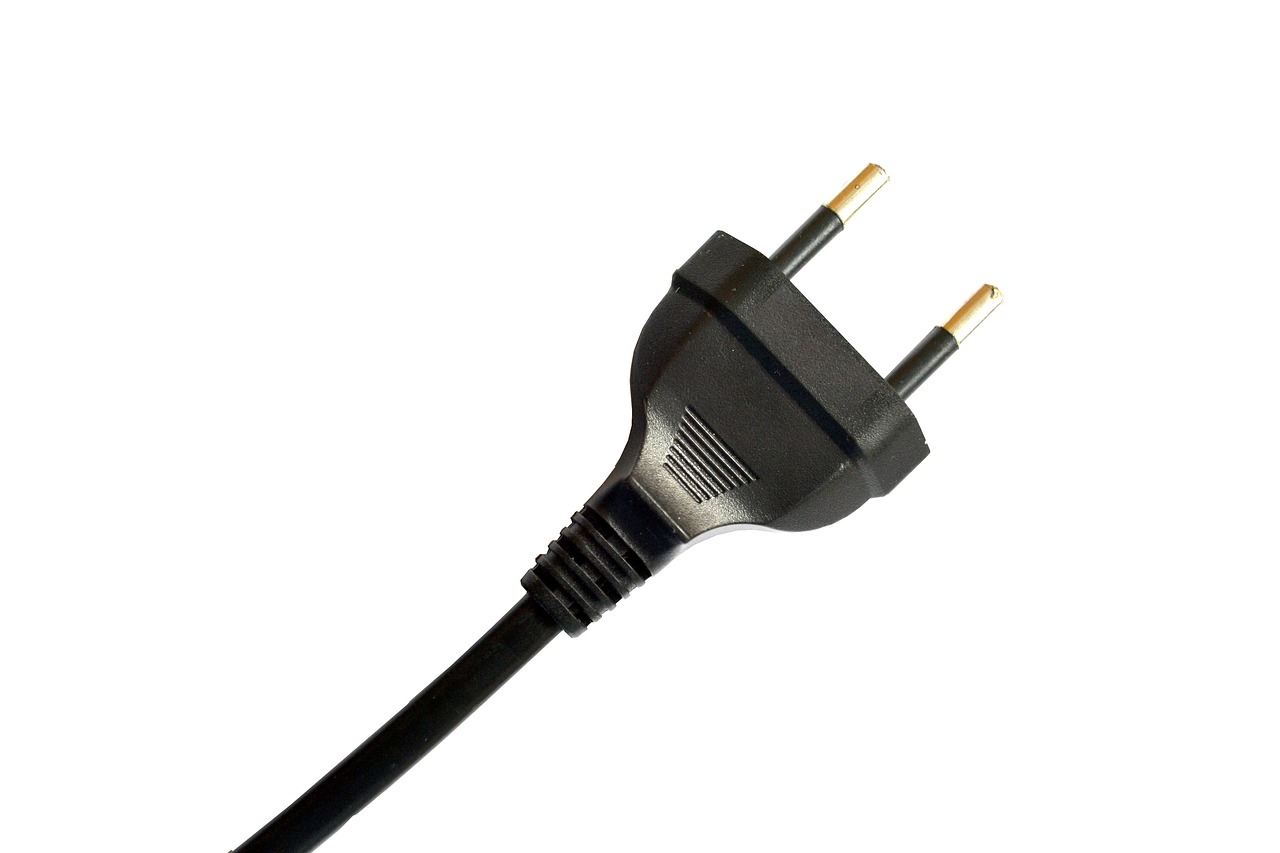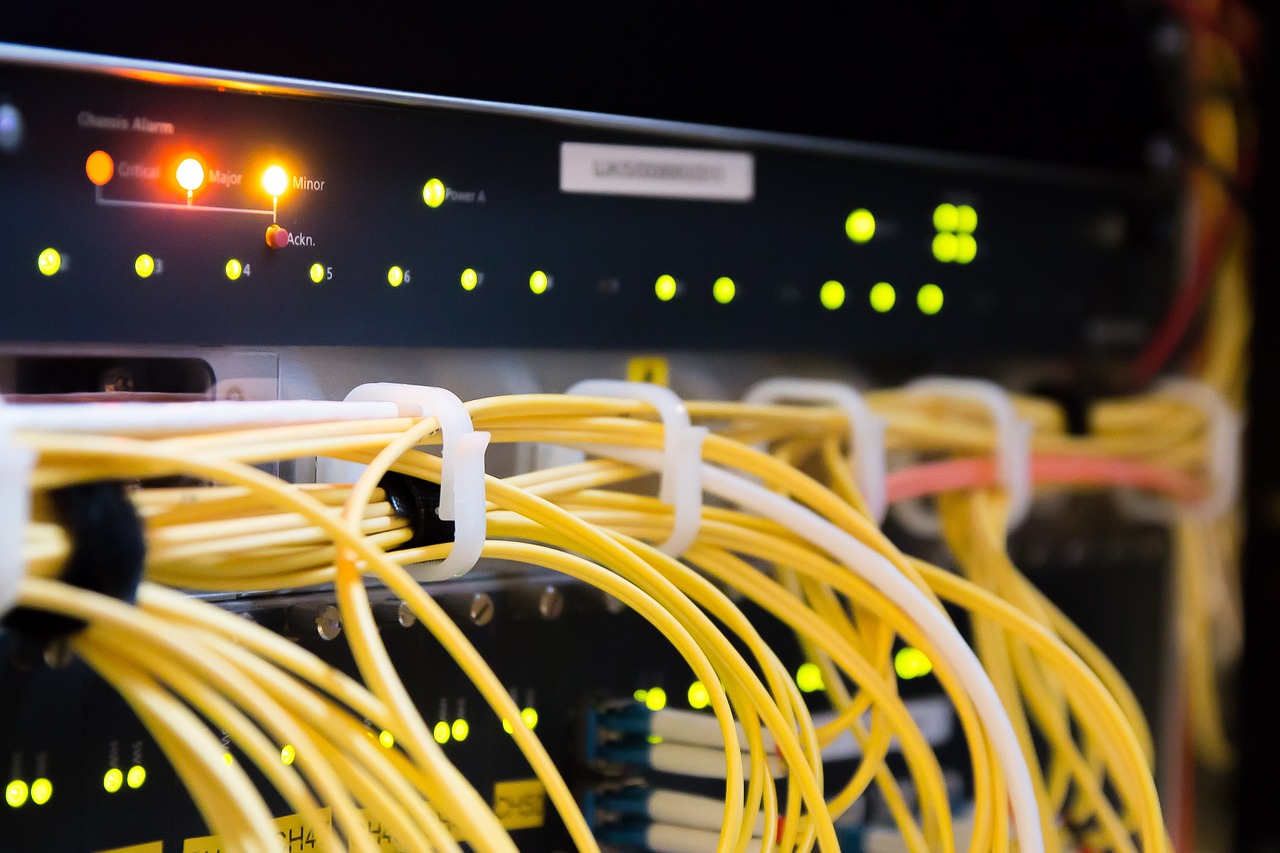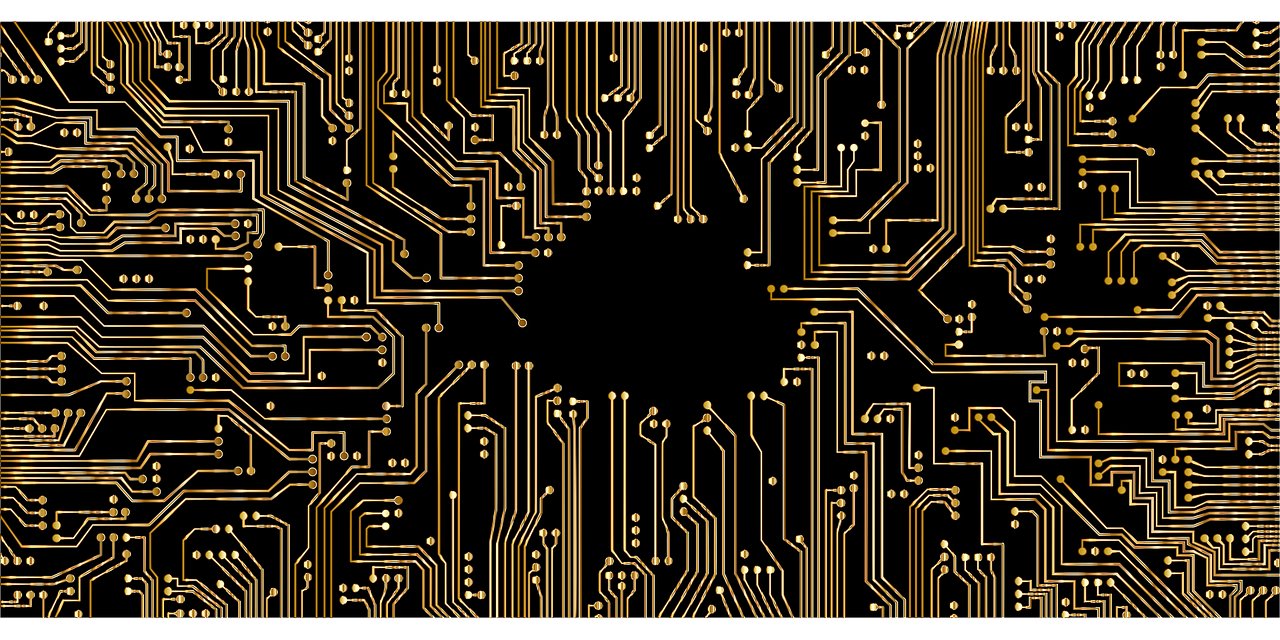If you’re thinking about rewiring an old house, you’re in for a challenge. Old houses are full of surprises, and you never know what you’ll find behind the walls. But with the right know-how and a little patience, you can successfully update your home’s electrical system.
One of the biggest challenges of rewiring an old house is preserving its historical features and character. You don’t want to lose the charm and character that drew you to the house in the first place. But at the same time, you need to ensure that your electrical system meets modern safety standards.
It’s a delicate balance, but with a little creativity and some expert advice, you can have the best of both worlds.
Preserving Historical Features and Character
Don’t lose the charm of your old house – preserving its historical features and character is key.
When rewiring an old house, one of the most common challenges is balancing preservation and modernization. It can be tempting to rip out all the old wiring and replace it with modern systems, but doing so can compromise the historical integrity of the home.
To maintain the charm and character of an old house while updating its electrical system, it’s important to find ways to incorporate modern amenities without compromising the historical elements. This can be achieved by using materials and fixtures that match the style of the home’s original features, such as vintage light switches and outlets.
Another option is to install hidden wiring and outlets that blend seamlessly with the home’s design. By finding creative solutions that balance preservation and modernization, you can maintain the unique character of your old house while ensuring it has the electrical system it needs to function in the modern world.
Updating Outdated Electrical Systems
You’ll need to update your outdated electrical system if you want to keep your lights on and your appliances running smoothly. Old homes often have inadequate electrical capacity, which can lead to tripped circuits and overloaded outlets. To avoid these issues, you may need to upgrade the electrical panel and wiring in your home.
When updating your electrical system, it’s important to consider aesthetic considerations as well. For example, you may want to replace old outlets and switches with newer models that blend in better with your home’s decor. You can also choose light fixtures and ceiling fans that complement the style of your home.
By taking the time to upgrade your electrical system with both functionality and aesthetics in mind, you can ensure that your home is both safe and beautiful.
Dealing with Damaged or Inadequate Wiring
If your home’s electrical system is experiencing frequent power outages or appliances aren’t functioning properly, it may be due to damaged or inadequate wiring. Damaged wiring can be caused by various factors, such as pests, wear and tear, or even DIY repairs gone wrong.
Inadequate wiring means that your home’s electrical capacity isn’t enough to keep up with today’s energy demands, leading to overloaded circuits and potential hazards. To address these issues, you may need to consider repairing hazards and upgrading capacity.
This can involve rewiring your entire home or replacing specific sections of wiring that are causing problems. It’s essential to hire a licensed electrician to assess your home’s electrical system and provide recommendations on the best course of action.

Upgrading your wiring can not only improve the safety and functionality of your home but can also increase its value and energy efficiency.
Ensuring Safety and Compliance with Regulations
Ensuring safety and compliance with regulations is crucial when it comes to your home’s electrical system, so it’s important to hire a licensed electrician to assess and make any necessary upgrades. This is especially important when dealing with an old house, as outdated wiring can pose a serious fire hazard.
Upgrading your electrical system not only improves safety but can also increase the value of your home.
In addition to electrical upgrades, it’s also important to address other potential hazards in an old house. This includes upgrading plumbing to prevent leaks and water damage, as well as addressing insulation to improve energy efficiency and prevent drafts.
By taking a comprehensive approach to upgrading your old house, you can ensure that it’s not only safe but also comfortable and efficient for years to come.
Tips and Solutions for Successful Rewiring
Don’t let the fear of a major renovation project hold you back from achieving a safer and more efficient electrical system in your vintage home. Upgrading technology is a crucial step in rewiring an old house, but it doesn’t have to break the bank. Consider cost-effective solutions like LED lighting and energy-efficient appliances to reduce your electricity bill and save money in the long run.
Another tip for successful rewiring is to plan ahead. Make a comprehensive list of your electrical needs and prioritize the most important ones. This will help you avoid overspending on unnecessary upgrades and ensure that your rewiring project stays within your budget.
Additionally, don’t hesitate to consult with a professional electrician to ensure that your rewiring is done safely and up to code. By taking these steps, you can enjoy a safer and more efficient electrical system in your vintage home without breaking the bank.
Frequently Asked Questions
How do I know if my old house needs to be rewired?
Wondering if your old house needs rewiring? Look out for signs of outdated wiring, such as flickering lights or frequently tripped breakers. Hiring a professional electrician to inspect your home is always a smart move.
Can I keep the original electrical wiring in my old house?
You can keep the original electrical wiring in your old house, but there are benefits and drawbacks to doing so. Safety concerns should also be taken into consideration, as older wiring may not meet modern safety standards.
How much will it cost to rewire my old house?
Looking to rewire an old house? Cost estimation can vary based on the size and age of the home, but DIY options may help save money. Consider contacting a professional electrician for an accurate quote.
Is it necessary to hire a licensed electrician for rewiring my old house?
Yes, it is highly recommended to hire a licensed electrician for rewiring your old house. DIY rewiring risks can be dangerous and costly. Electrical safety tips for homeowners are important. Benefits of hiring a licensed electrician include expertise, safety, and potentially saving money in the long run.
Will rewiring my old house increase its value?
Rewiring your old house can increase its value significantly. The benefits of rewiring include improved safety, energy efficiency, and modern amenities. Factors affecting the increase in property value after rewiring depend on the extent of the project and local market conditions.
Conclusion
Congratulations! You’ve made it through the challenges of rewiring your old house. By preserving historical features and character, updating outdated electrical systems, dealing with damaged or inadequate wiring, and ensuring safety and compliance with regulations, you have successfully rewired your home.
Remember, rewiring an old house isn’t easy, but with the right tips and solutions, it can be done. Always consult with a licensed electrician and follow safety protocols to ensure the safety of you and your family.
With a little patience and determination, you can give your old house new life and keep it running for generations to come.



